
Proven Health Benefits of Banana and Banana Peel Based on Science

Bananas are a delightful and nutritious fruit, packed with vitamins, minerals, phytonutrients, and dietary fiber. Eating one or two bananas daily can help support good digestion, moderate blood sugar levels, and provide a steady supply of energy throughout your day. Beyond that, the fiber and resistant starches in bananas can also aid in weight management, keeping you feeling fuller for longer.
Most people are familiar with the familiar yellow‑skinned banana, but fewer know about the red banana. Red bananas have reddish‑purple skin, and when fully ripe, their flesh is creamy to light pink. They tend to be softer and sweeter than the common Cavendish banana, with a subtle berry‑like flavor.
A single medium‑sized banana is modest in calories and carbohydrates and can supply about 17% of your recommended daily intake (RDI) of vitamin C. In addition, eating one banana daily provides potassium, vitamin B6, and around 10% of your RDI of dietary fiber.
Interestingly, it’s not just the banana’s flesh that is beneficial—banana peels are edible too and contain a variety of antioxidants and antibacterial compounds. For example, the peels of Cavendish bananas have been shown to contain relatively high levels of dopamine.
In this article, you’ll discover the detailed health advantages of both red and yellow bananas, what research reveals about their benefits, and how to incorporate banana peels into your diet. At the end, you’ll also find some delicious banana smoothie recipes to boost your health and enjoyment.
What Are Bananas? Varieties and Characteristics
Bananas are edible fruits with a thick peel, commonly grown in tropical climates. They belong to the genus Musa.
One of the most common modern varieties is the Cavendish banana (Musa acuminata)—sweet, yellow, and widely sold in supermarkets. Other banana varieties include Big Michael, Martinique, and the Lady Finger (a smaller, sweeter variety).
Then there are the red bananas, noted for their reddish‑purple peel and softer, sweeter flesh. Another category is plantains, which are starchier and less sweet—they’re often used for cooking rather than eaten raw. Plantains may remain green even when ripe.
Bananas are convenient and nutritious—they come in a built‑in “packaging,” making them easy to carry and consume.
Banana Nutrition at a Glance
Bananas are highly nutritious, especially considering their relatively low sugar content and moderate glycemic index (GI). Here’s a breakdown of what one medium banana (around 118 g or 7 inches long) contains, based on USDA data:
| Nutrient | Amount | % of RDI* |
|---|---|---|
| Calories | 105 | — |
| Carbohydrates | 27 g | — |
| Dietary fiber | 3 g | 12 % |
| Vitamin C | 10 mg | 17 % |
| Vitamin B6 | 0.4 mg | 22 % |
| Vitamin A | 5 IU | 2 % |
| Folate | 6 µg | 6 % |
| Potassium | 422 mg | 12 % |
| Manganese | 0.3 mg | 16 % |
| Protein | 1.3 g | 3 % |
*RDI = Recommended Daily Intake (for an average adult)
So eating two bananas daily could help you meet nearly half your vitamin B6 needs, over 30 % of your vitamin C, and about a quarter of your potassium.
Bananas are also a good source of antioxidants. In addition to vitamin C, bananas contain compounds like gallocatechin, which have antioxidant activity. Surprisingly, banana peels often have higher antioxidant concentrations than the flesh.
Dietitian Christine Mikstas notes that eating a banana every day may assist in bowel regularity, reduce cholesterol, lower inflammation, and enhance cardiovascular health.
Health Benefits of Bananas (Both Red and Yellow)
Let’s explore in more detail how eating bananas regularly can support your well-being.
1. Support Digestive Health
Bananas are rich in dietary fiber, which aids in regular bowel movements and prevents constipation. Eating fiber‑rich foods is linked to lower risk of numerous chronic diseases.
Unripe bananas, in particular, contain resistant starch—which passes undigested into the colon and acts as a prebiotic, nourishing beneficial gut bacteria. Studies have shown that women who ate two bananas per day had increased levels of Bifidobacterium, a healthy gut microbe, and reported reduced bloating.
2. Provide Sustained Energy
Bananas supply carbohydrates with a relatively low glycemic index, meaning they release sugar into the bloodstream more slowly and steadily. This makes them a good pre‑workout snack. Some studies even regard bananas as a “cost‑effective energy source” for athletes.
They can help reduce oxidative stress and inflammation induced by exercise, giving your body better resilience during intense training.
3. May Reduce Muscle Cramps
Certain nutrients and bioactive compounds in bananas appear to help prevent or alleviate exercise-induced muscle cramps. In one trial, cyclists who ate two bananas before intense cycling reported fewer cramping episodes compared to those who only drank water. The natural sugars, electrolytes, and antioxidants in bananas likely contribute to faster muscle recovery.
4. Help Lower Blood Pressure
Bananas are high in potassium, a mineral crucial for maintaining healthy blood pressure. A large banana can supply about 490 mg of potassium—roughly 14 % of daily needs. Sufficient potassium intake has been associated with lower systolic and diastolic blood pressure, reducing risks of stroke and heart disease.
Some crossover studies indicate that consuming the potassium from a few bananas at once may acutely lower blood pressure. Over time, regular banana consumption contributes to better arterial health.
5. Assist in Blood Sugar Regulation
Even for people with diabetes, moderate banana consumption can be beneficial. A small banana has about 23 g of carbohydrates and a relatively low GI. In a study, participants who ate a banana daily saw a decrease in fasting blood glucose after four weeks. The conclusion: bananas, in moderation, may not harm—and could potentially help—glycemic control.
6. Protect Against Gastric Ulcers
Unripe (green) plantains and bananas contain compounds with anti‑ulcerogenic effects, helping protect the stomach lining from damage—especially damage induced by medications like NSAIDs. Extracts from plantain banana powders may stimulate growth of the gastric mucosa and help neutralize excess stomach acid.
7. Support Weight Loss
High in fiber and relatively low in calories, bananas can help with satiety—making you feel fuller and reducing overeating. Unripe bananas’ resistant starch also helps regulate appetite. Studies suggest that increasing banana intake does not lead to weight gain. In fact, bananas can be a helpful part of a balanced, calorie‑controlled diet.
8. Potential Reduced Risk of Kidney Cancer
In one Swedish study, bananas emerged as one of the fruits most strongly associated with a decreased risk of renal cell carcinoma (kidney cancer). The researchers found that consuming at least three servings of fruit and vegetables per day (with bananas prominent among fruit choices) had a protective effect on the kidneys.
Banana Peels: Edible, Nutritious, and Versatile
Many people discard banana peels, but they are actually edible and nutritious. Peels contain polyphenols, carotenoids, fiber, and even dopamine—sometimes in even higher concentrations than in banana pulp.
How to Eat Banana Peel
-
Roast the banana with the peel on; the peel becomes softer and more palatable.
-
Boil or fry peeled strips.
-
Blend raw peel (washed thoroughly) into a smoothie—especially after trimming the ends.
-
Dry and powder the peel, then mix it into baked goods or smoothies.
Potential Benefits of Banana Peel
-
Mood support / antidepressant effect: Cavendish peels may contain up to 560 mg dopamine per 100 g, compared to about 10 mg in the pulp.
-
Oral health: Peel extracts demonstrate antibacterial effects against oral bacteria linked to gum disease.
-
Skin applications: Applying peel flesh side down may reduce swelling, irritation, or insect bite inflammation.
-
Composting: Peels make excellent additions to compost piles, enriching the resulting soil.
Note: While compounds in banana peels are promising, more human studies are needed. Also, if you are using anticoagulants, be cautious—some bioactive compounds may interact with medications.
How Many Bananas Should You Eat? Are There Limits?
Bananas are relatively safe for most people. A medium banana contains about 422 mg of potassium, and daily potassium needs are roughly 4,700 mg, meaning one would need to eat around 11 bananas to exceed that target.
However, if you have conditions like kidney disease, hyperkalemia, or diabetes, you may need to limit banana intake. For most healthy individuals, consuming 4–5 bananas per day is generally safe.
Ways to Include More Bananas in Your Diet
-
Slice a banana into plain yogurt for natural sweetness and extra nutrients.
-
Add banana (and even a bit of cleaned peel) to your morning smoothie.
-
Roast bananas with the peel on—after roasting, both peel and flesh can be eaten.
-
Mash banana onto rice crackers or whole-grain toast for a quick snack.
-
Freeze bananas (peeled and chopped) to use in smoothies later.
Storage tips: Keep bananas at room temperature to allow ripening. If they get too ripe, peel them and freeze in chunks on a tray before transferring them to freezer bags.
Energizing Banana Smoothie Recipes
Here are some healthy, tasty smoothies to incorporate bananas into your daily routine:
Heart‑Smart Oat & Banana Smoothie
Ingredients
-
2 bananas (ripe with brown speckles)
-
2 cups ice
-
⅓ cup yogurt (Greek or plain)
-
½ cup oatmeal
-
⅓ cup almonds
Blend all ingredients (ice last) for about 30 seconds until thick and smooth.
Green Banana Breakfast Smoothie
Ingredients
-
5–6 leafy greens (lettuce or spinach)
-
1 cucumber or celery stalk
-
A handful of sprouts
-
1 banana
-
1 dried, pitted date
-
Optional: flaxseed or chia seed
-
Water to adjust consistency
Blend greens first, then add banana, date, and water until desired texture.
Banana & Cocoa Smoothie
Ingredients
-
Juice of 4 oranges (or use coconut water / milk as base)
-
2 tsp raw cocoa powder
-
2 bananas
-
1 mango (peeled & pitted)
Blend all together. Adjust with extra juice or water if too thick.
News in the same category


Medicinal Health Benefits of Turmeric, Curcumin and Turmeric Tea Based on Science

The best way to lower blood pressure fast!

9 Habits You Need To Adopt Today To Stop Alzheimer’s or Dementia Before It Starts
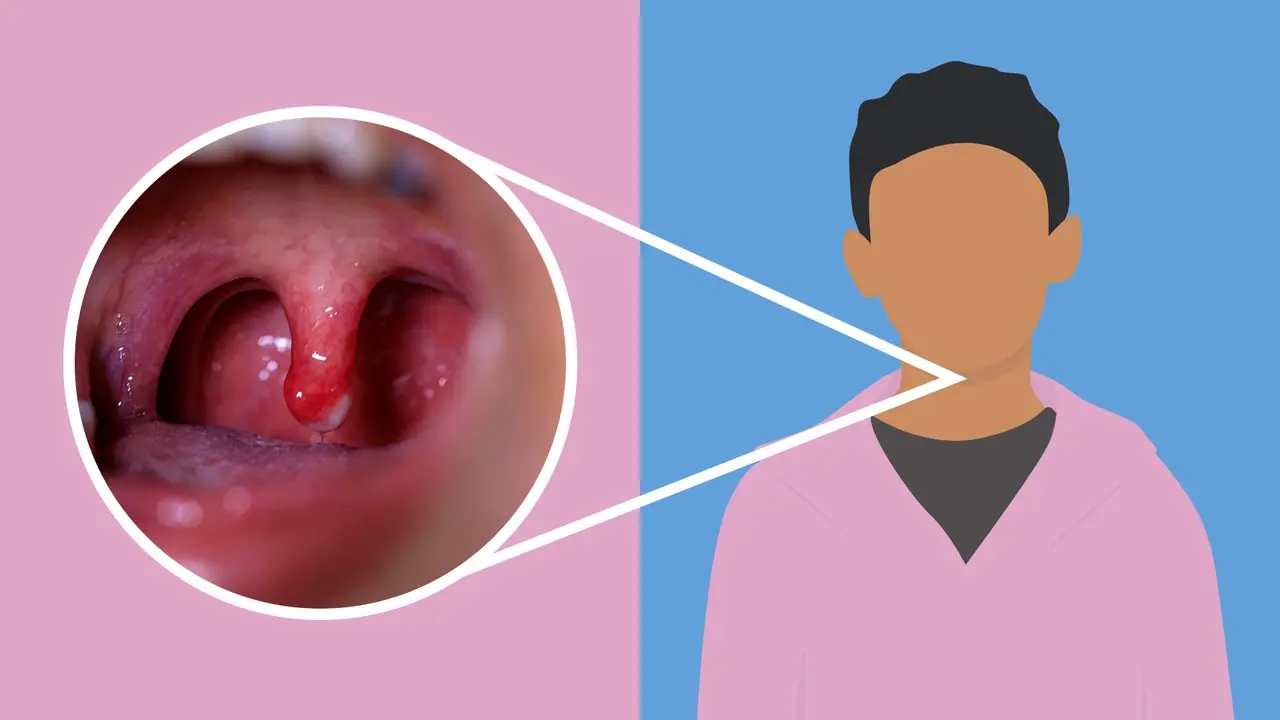
Get Rid of Throat Mucus Faster With These Highly Effective Natural Remedies

10 Symptoms of Kidney Disease
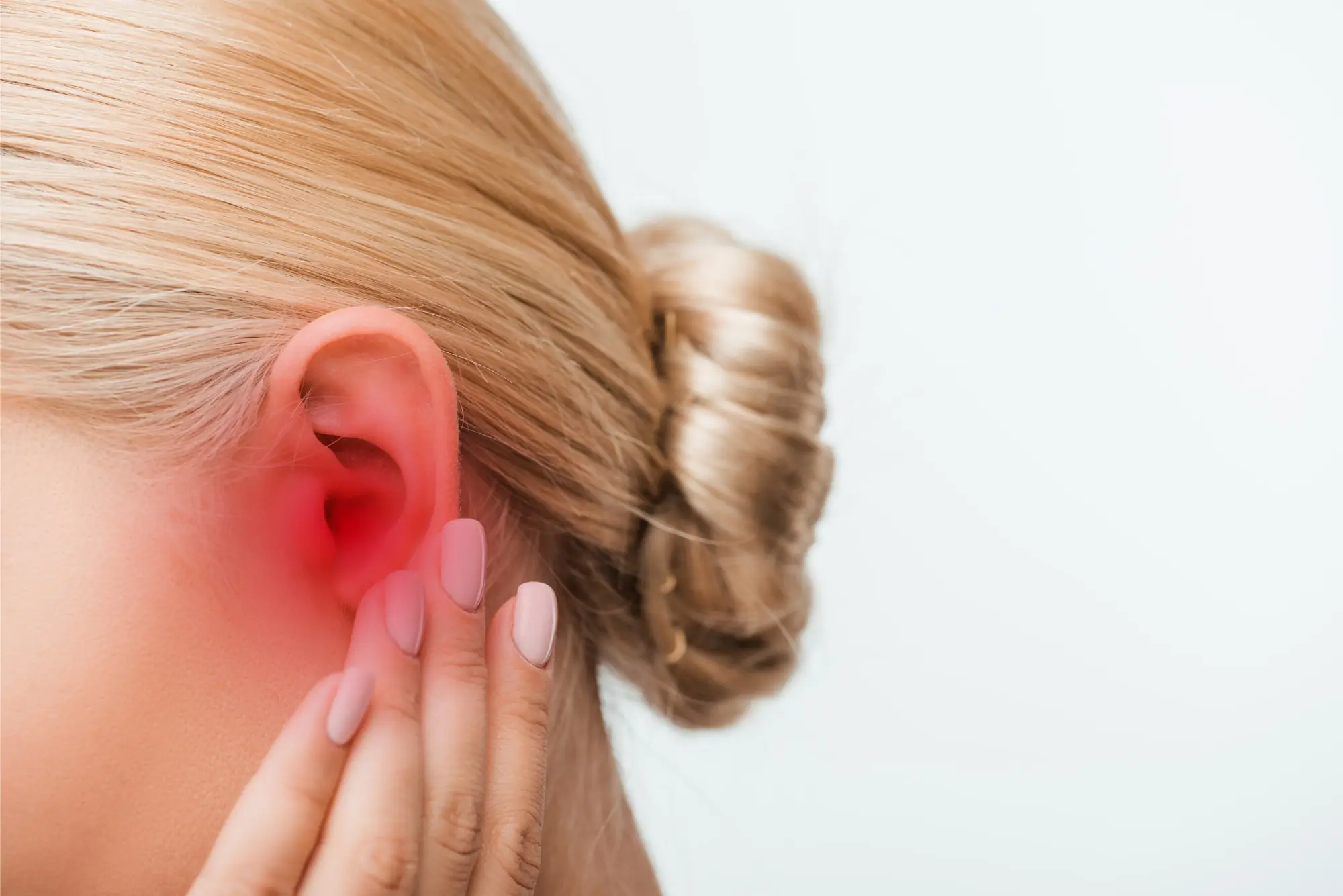
EAR PAIN EXPLAINED Causes, Relief & When to See a Doctor

Men Over 60: Chew This for 60 Seconds to Boost Energy & Confidence
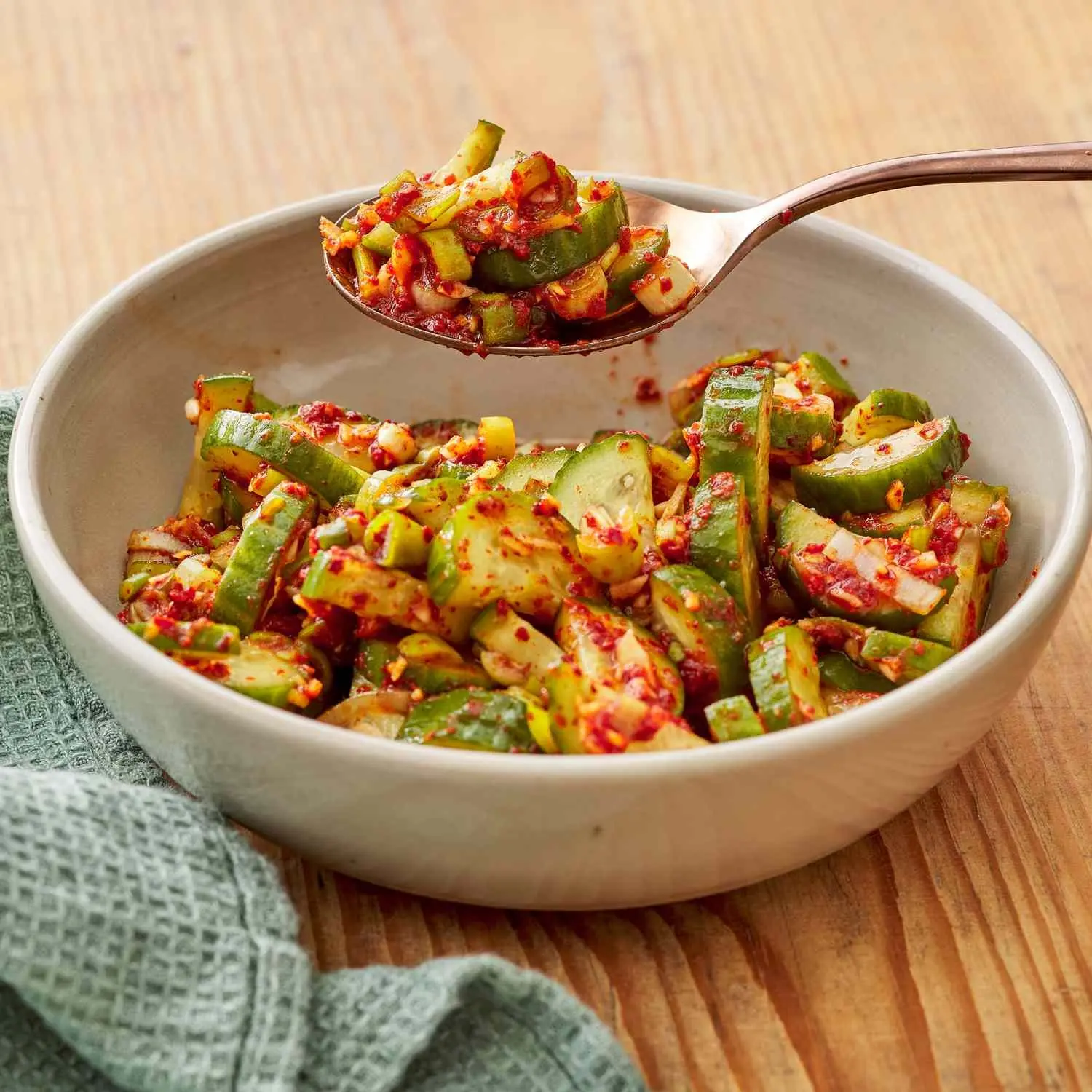
How to Lose Weight with Cucumber! Simple & Quick Morning Recipe

5 Deficiencies Almost Everyone Has (But Doesn’t Know About)
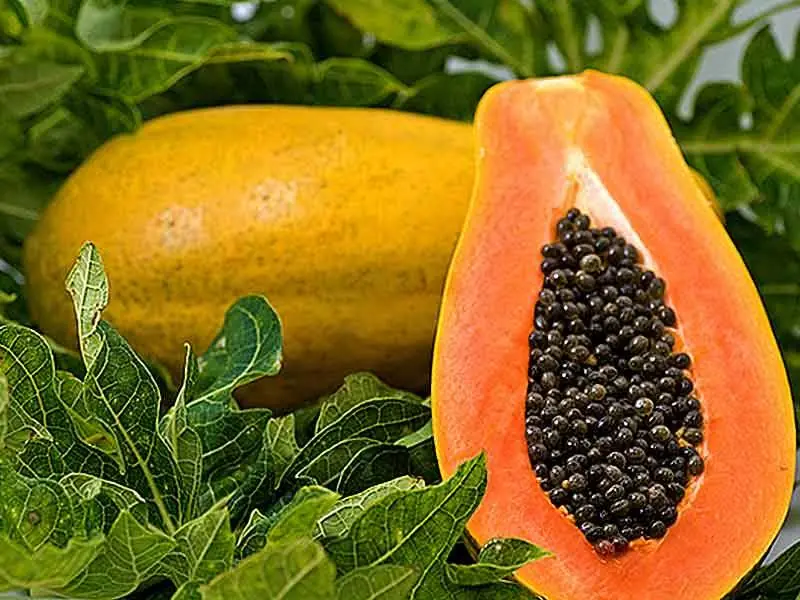
Scientifically Proven Health Benefits of Papaya (Fruit) and Uses for the Seeds
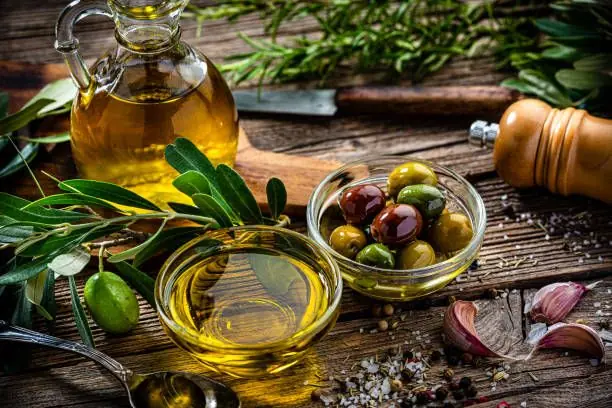
Scientifically Proven Health Benefits of Extra Virgin Olive Oil

Sharp Pain in Ear: Causes, Treatments, and When to See a Doctor

15 Nighttime Signs of Diabetes You Shouldn’t Ignore

Side effect of stopping omeprazole as NHS issues warning over use

Worrying health reality of what it means if you leave skids in the toilet

Blood Clot in Leg: Signs and Symptoms You Shouldn’t Ignore (Pictures Included)

4 diabetes mistakes you MUST avoid + 3 Secrets to naturally regenerate your pancreas!

#1 best way to reverse & slow dementia
News Post
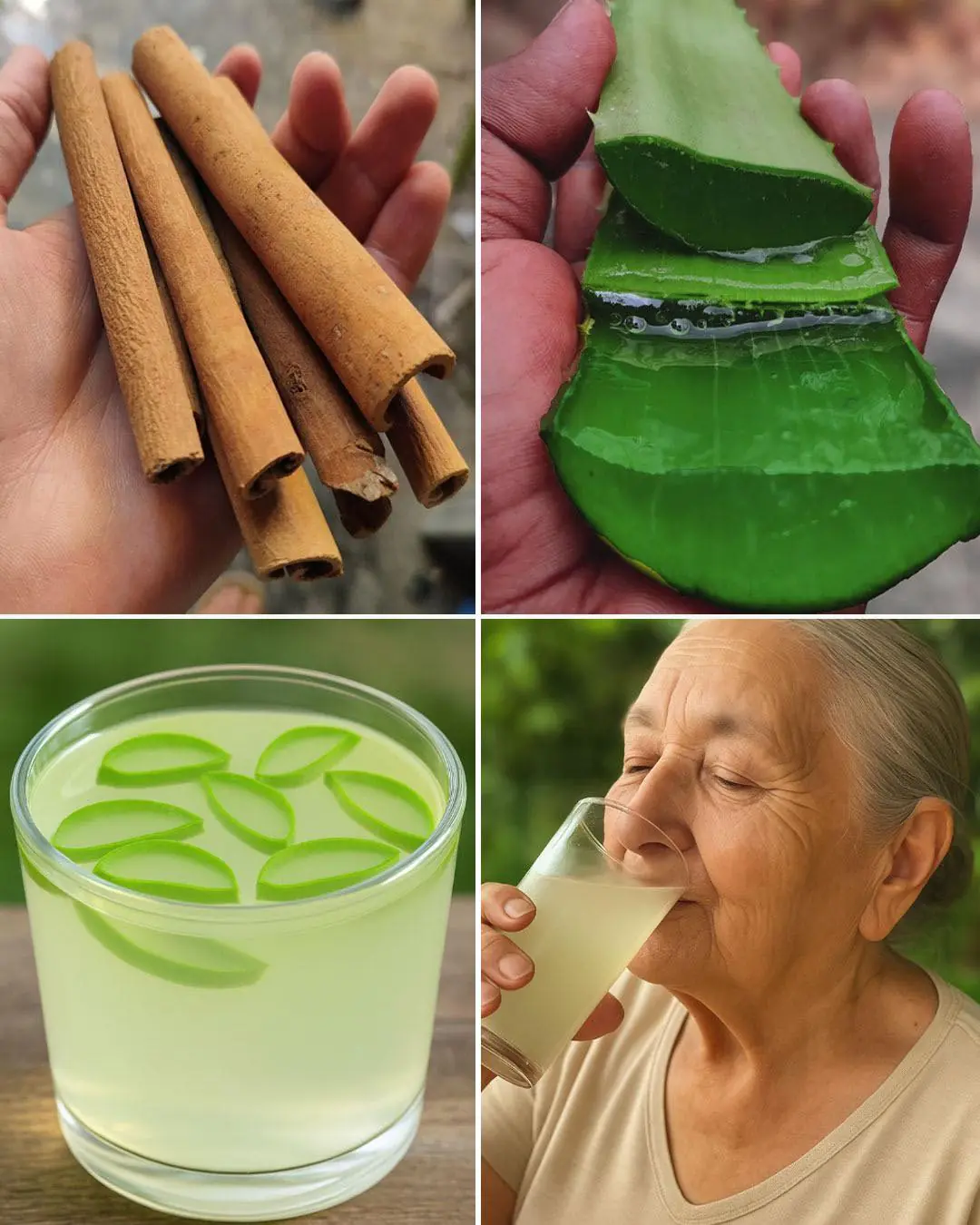
Aloe Vera and Cinnamon Remedy: Natural Benefits for Eye Health, Immunity, and Healing
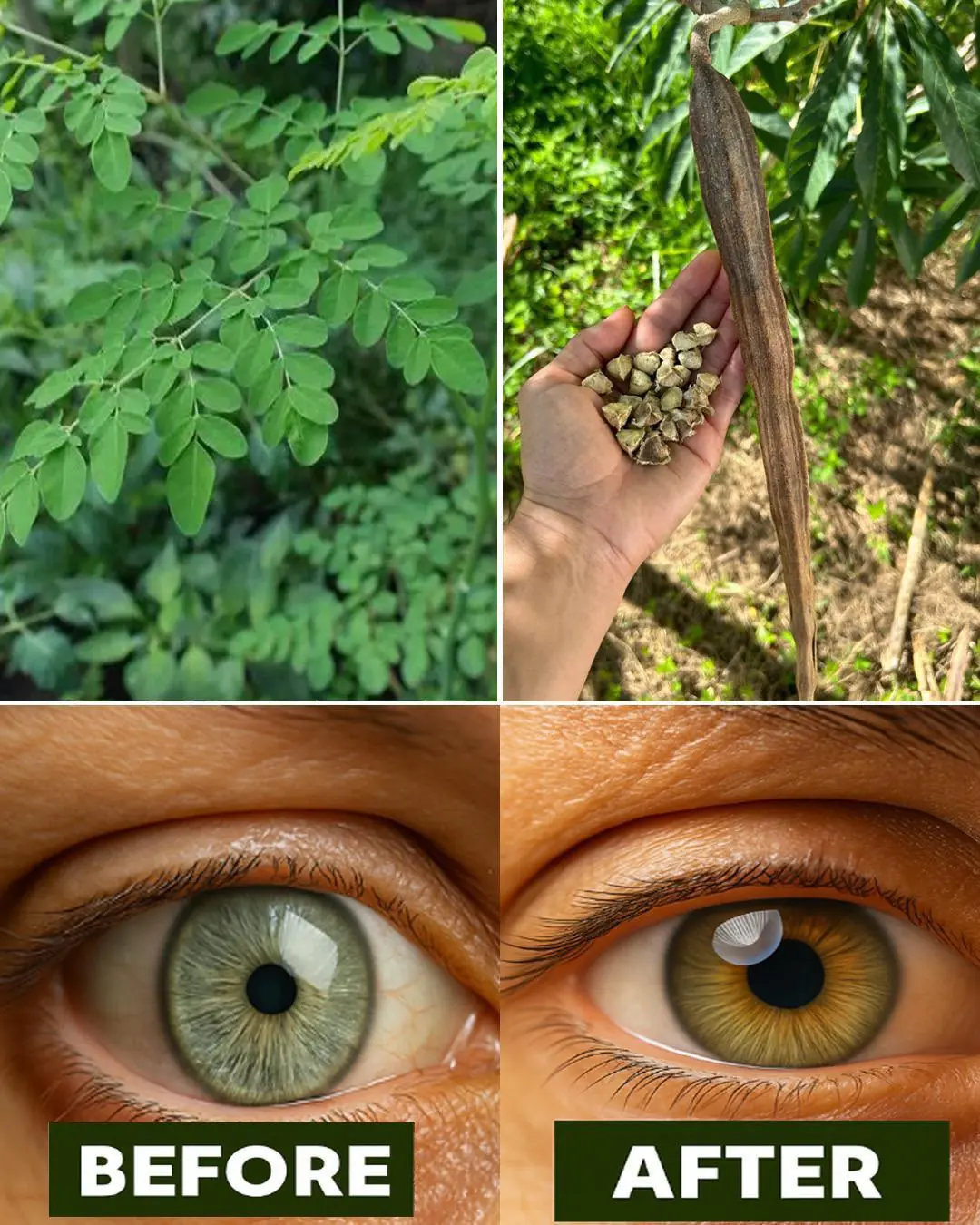
12 Powerful Benefits of Moringa Seeds
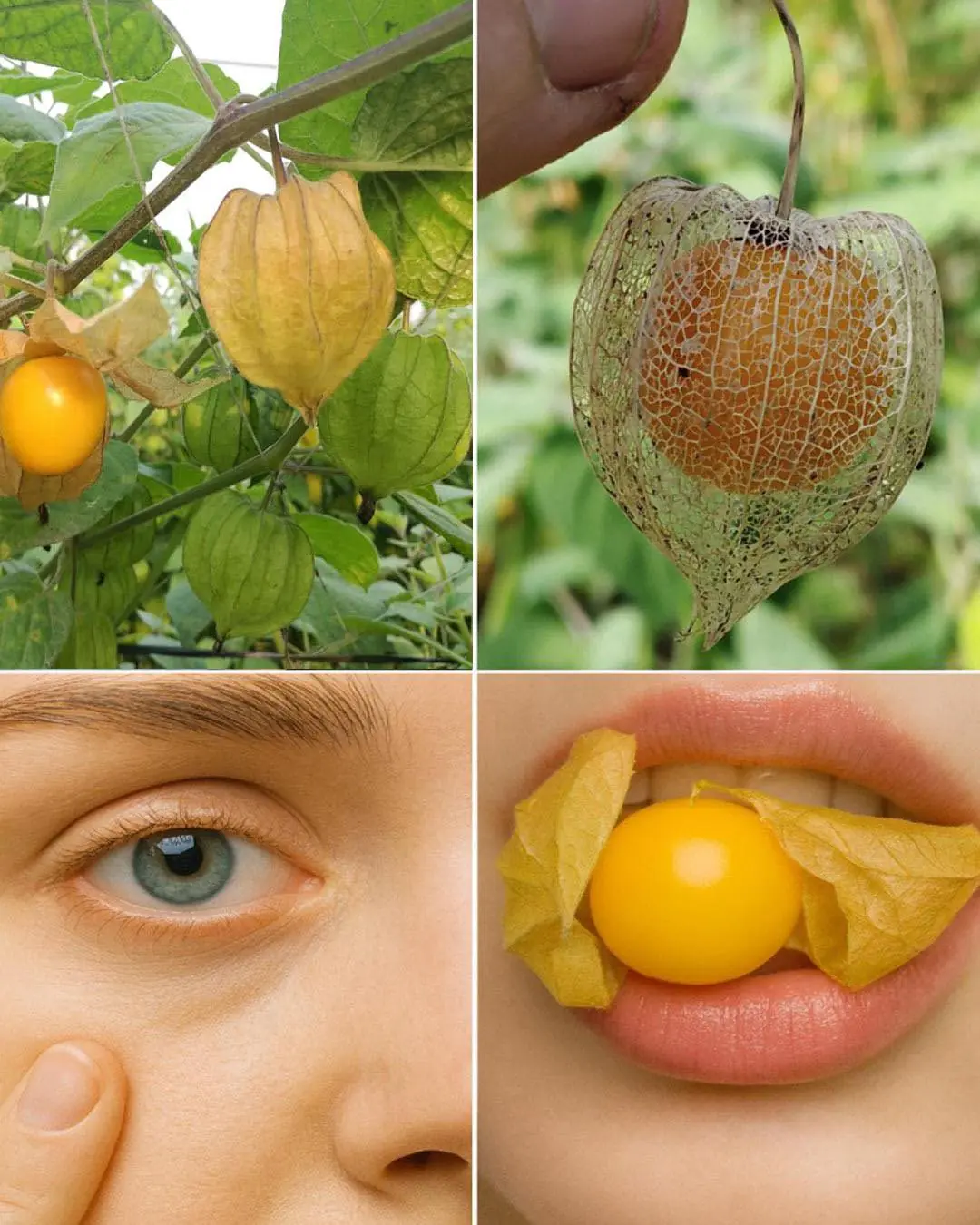
Goldenberries (Physalis peruviana): A Nutrient-Packed Powerhouse for Health and Vision
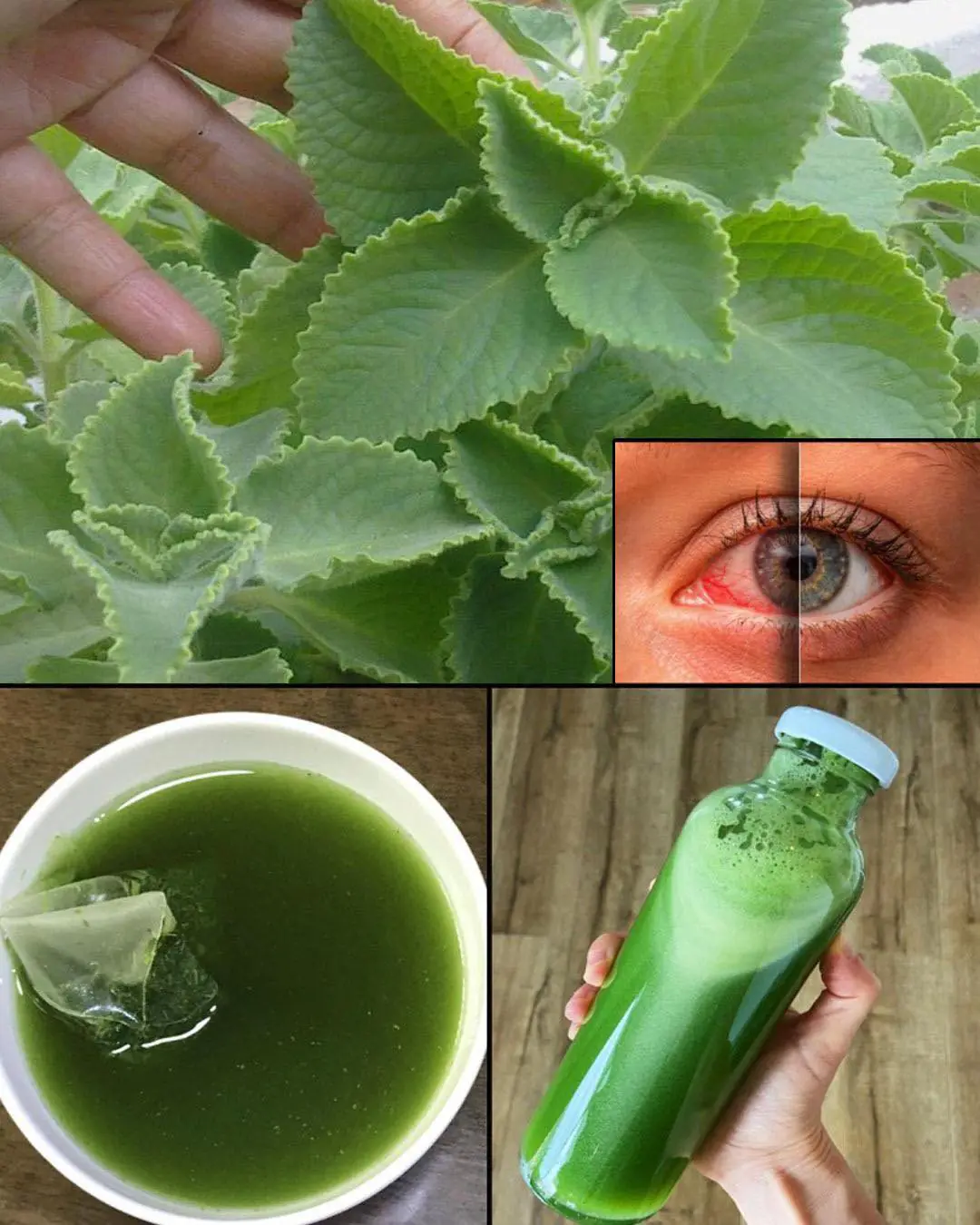
Oregano: The Golden Herb for Eye Health
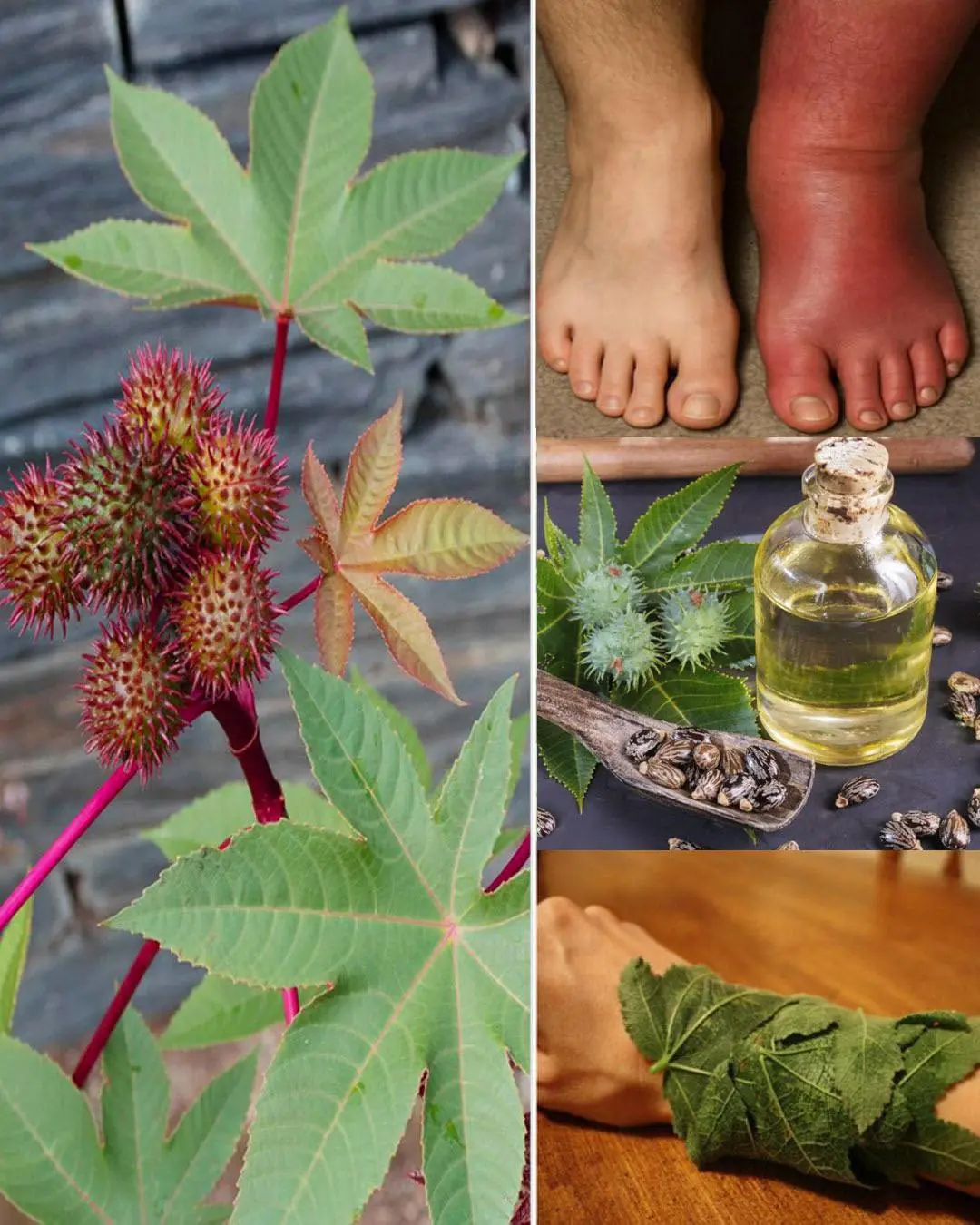
Some of the Benefits of Castor Leaves and the Seed
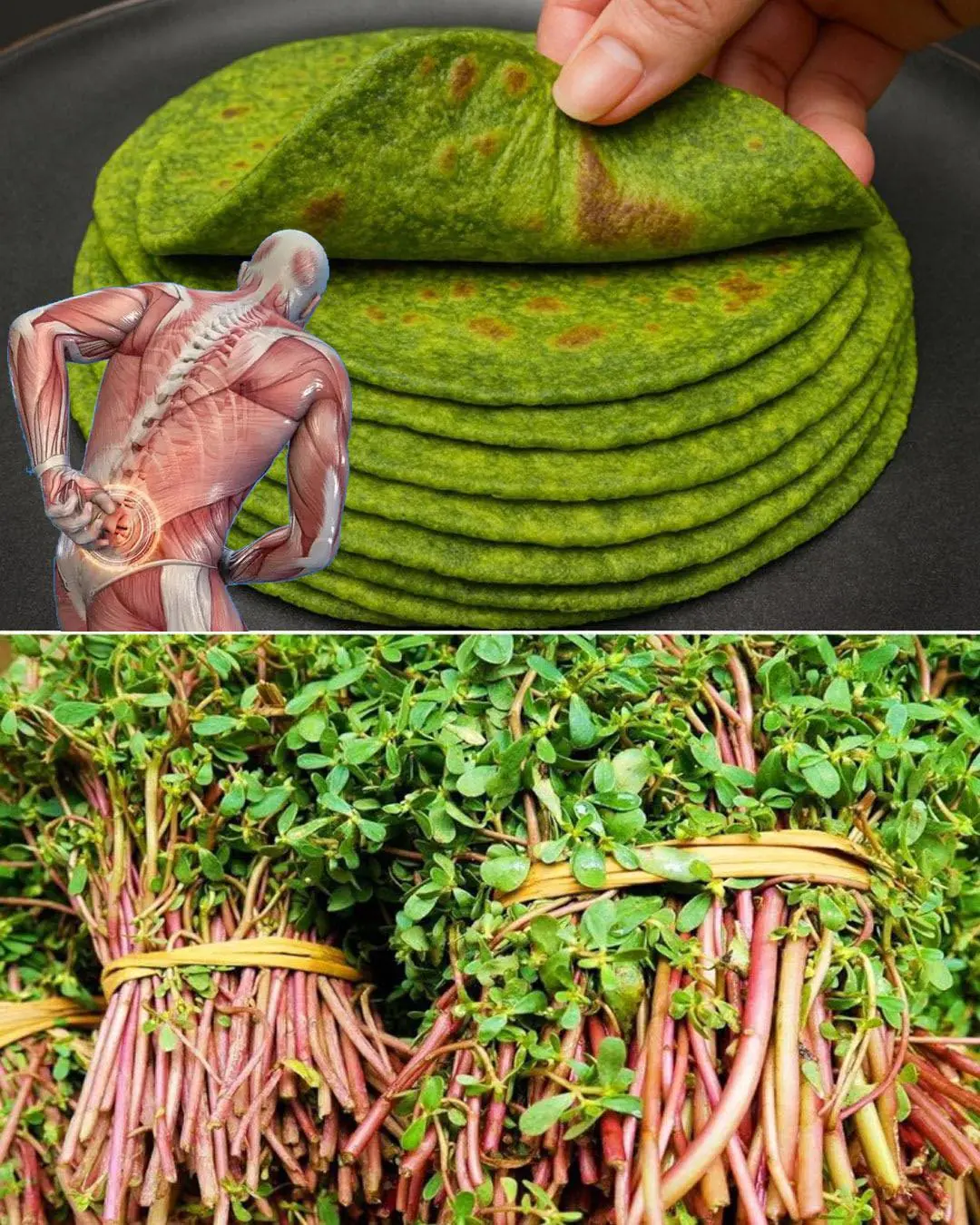
10 Benefits and uses of purslane
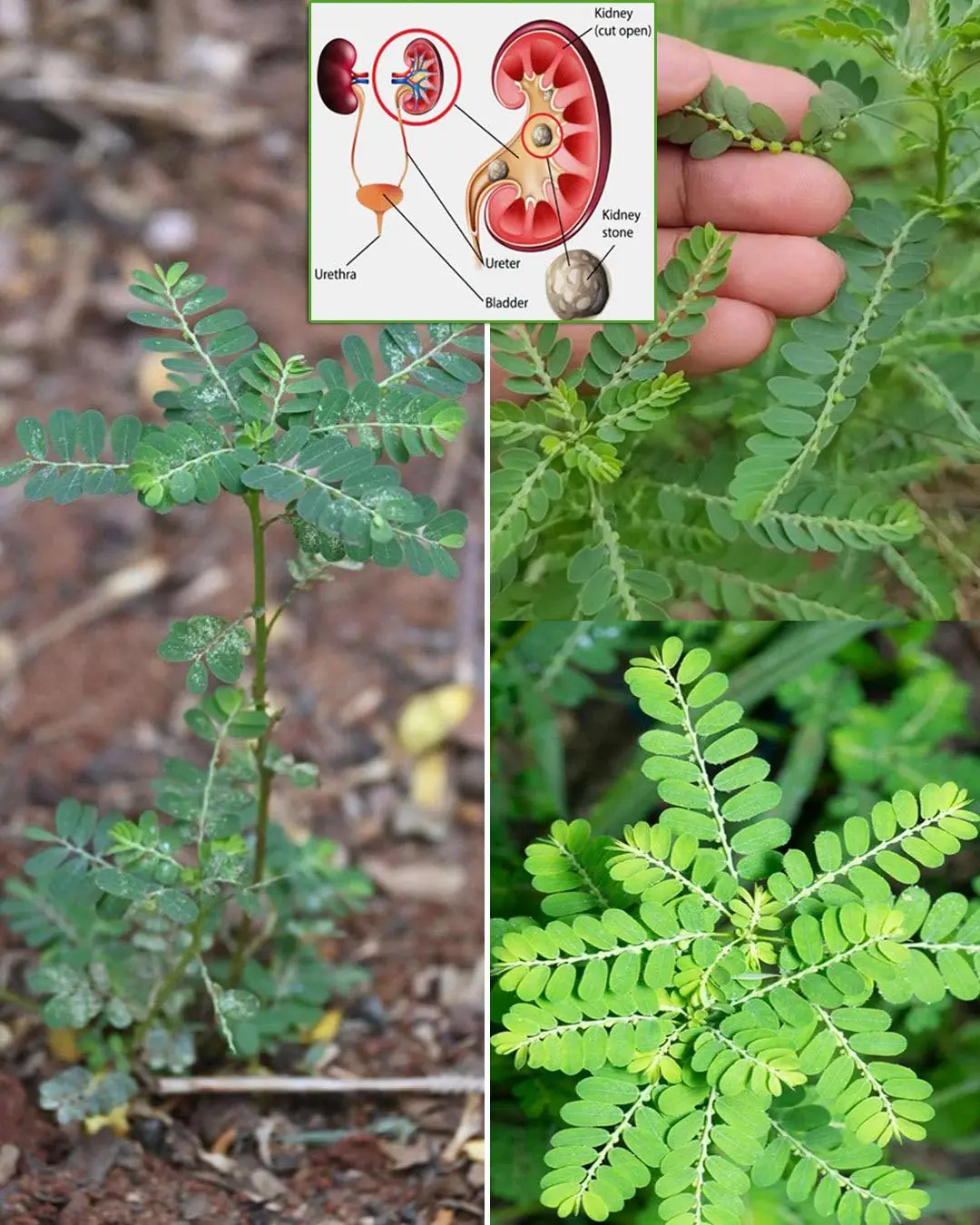
Chanca Piedra (Stonebreaker): Benefits and Uses

Do you need to unplug the rice cooker after the rice is cooked: The surprising answer November 27, 2024
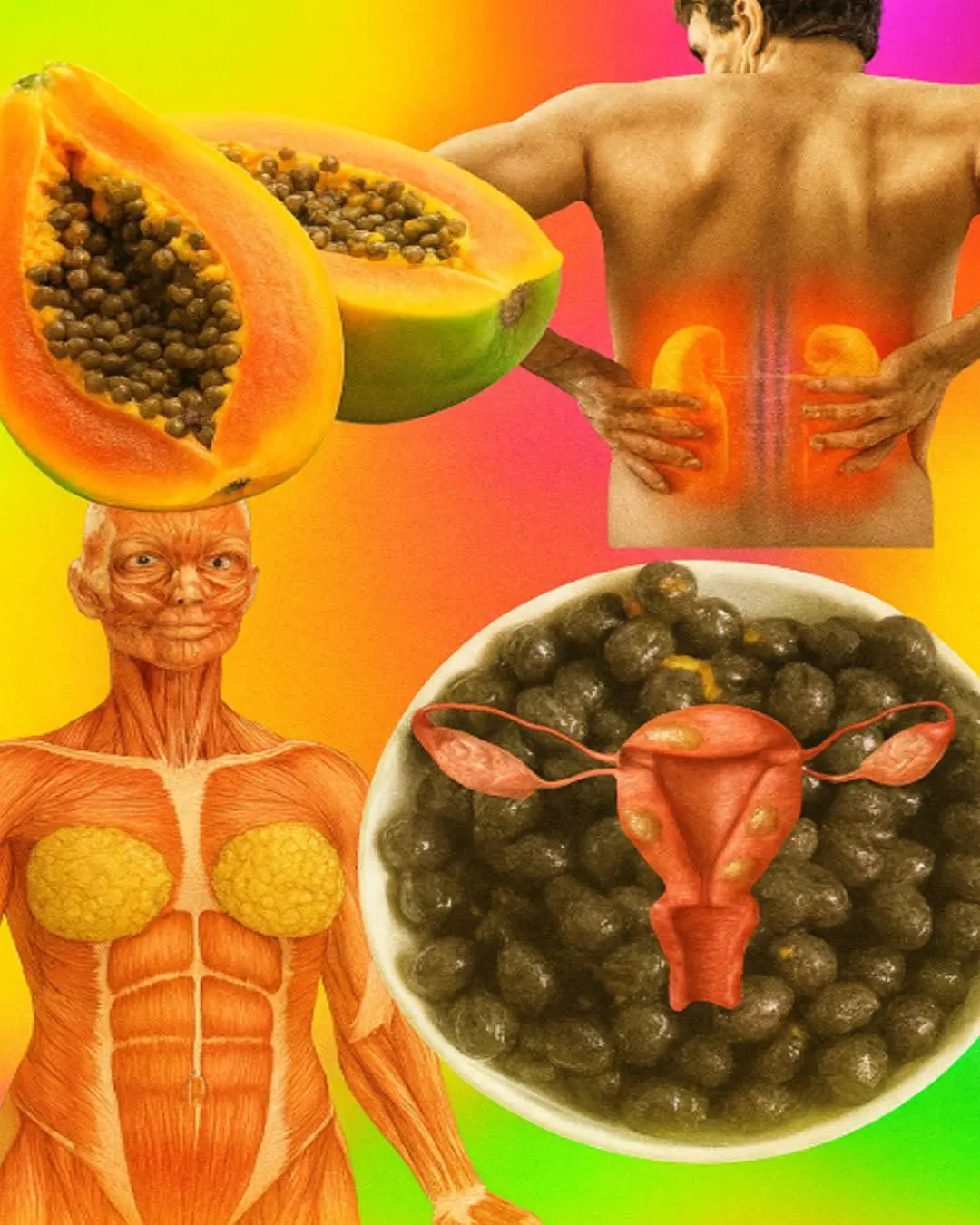
7 Benefits Of Papaya Seeds & How To Consume Them Correctly

Bougainvillea likes to 'eat' this the most, bury it at the base once and the flowers will bloom all over the branches

The elders say: "If you put these 3 things on top of the refrigerator, no matter how much wealth you have, it will all be gone." What are these 3 things?

Can rice left in a rice cooker overnight be eaten? Many people are surprised to know the answer.

After boiling the chicken, do not take it out immediately onto a plate. Do one more thing to make sure the chicken is crispy, the meat is firm, and the skin does not fall apart when cut.

Cut this fruit into small pieces and put it in the pot to boil the duck: The bad smell is gone, the meat is fragrant, soft and flavorful.

Warts on Hands: Causes and Effective Natural Treatments

Medicinal Health Benefits of Turmeric, Curcumin and Turmeric Tea Based on Science
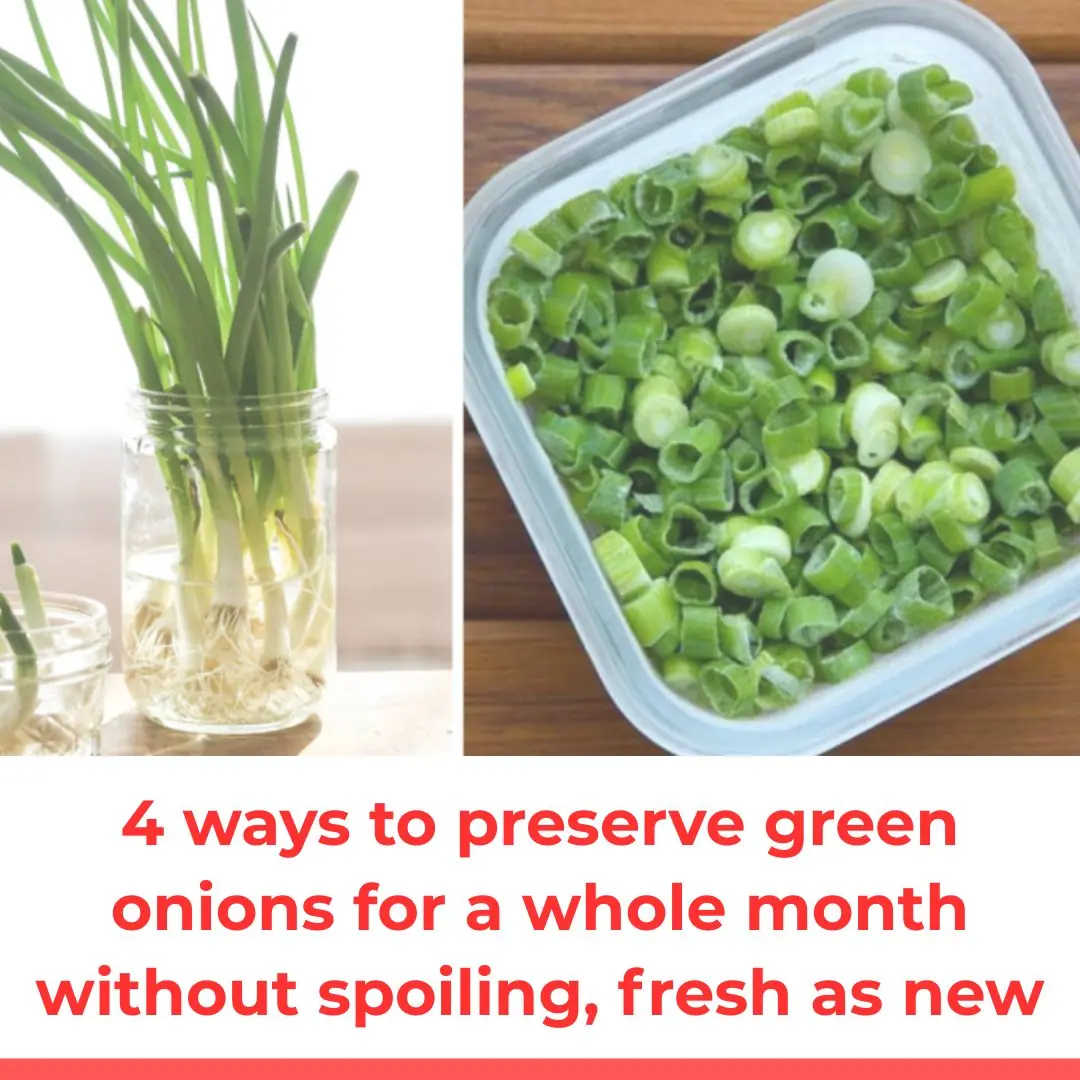
4 ways to preserve green onions for a whole month without spoiling, fresh as new

The best way to lower blood pressure fast!

9 Habits You Need To Adopt Today To Stop Alzheimer’s or Dementia Before It Starts
